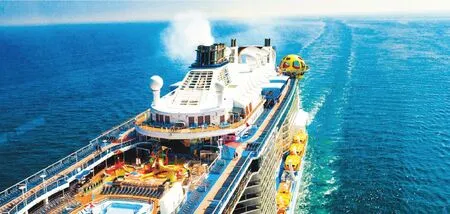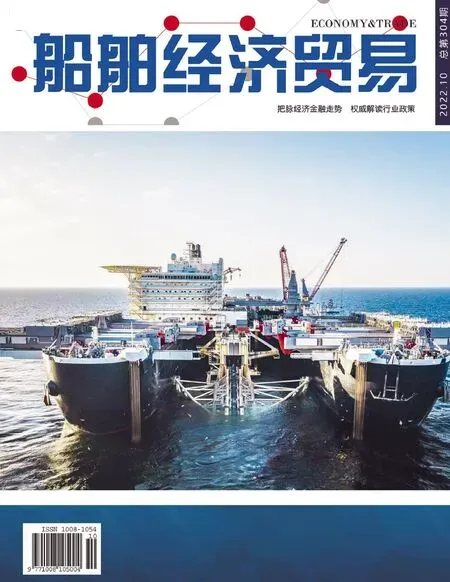Blaize a Trail to Revive China's Cruise Industry
Wang Jin
In 2020, with the COVID-19 outbreak, the global cruise marketplaces successively pressed the pause button, which became a major pain point for the cruise industry. The world cruise industry suffered its first global service suspension in 200 years, sending cruise companies into unprecedented losses. However, since 2021, the international cruise market has restarted. By August 2022, 90 global cruise brands and 389 cruise ships worldwide had resumed service, accounting for 90% of the transport capacity.
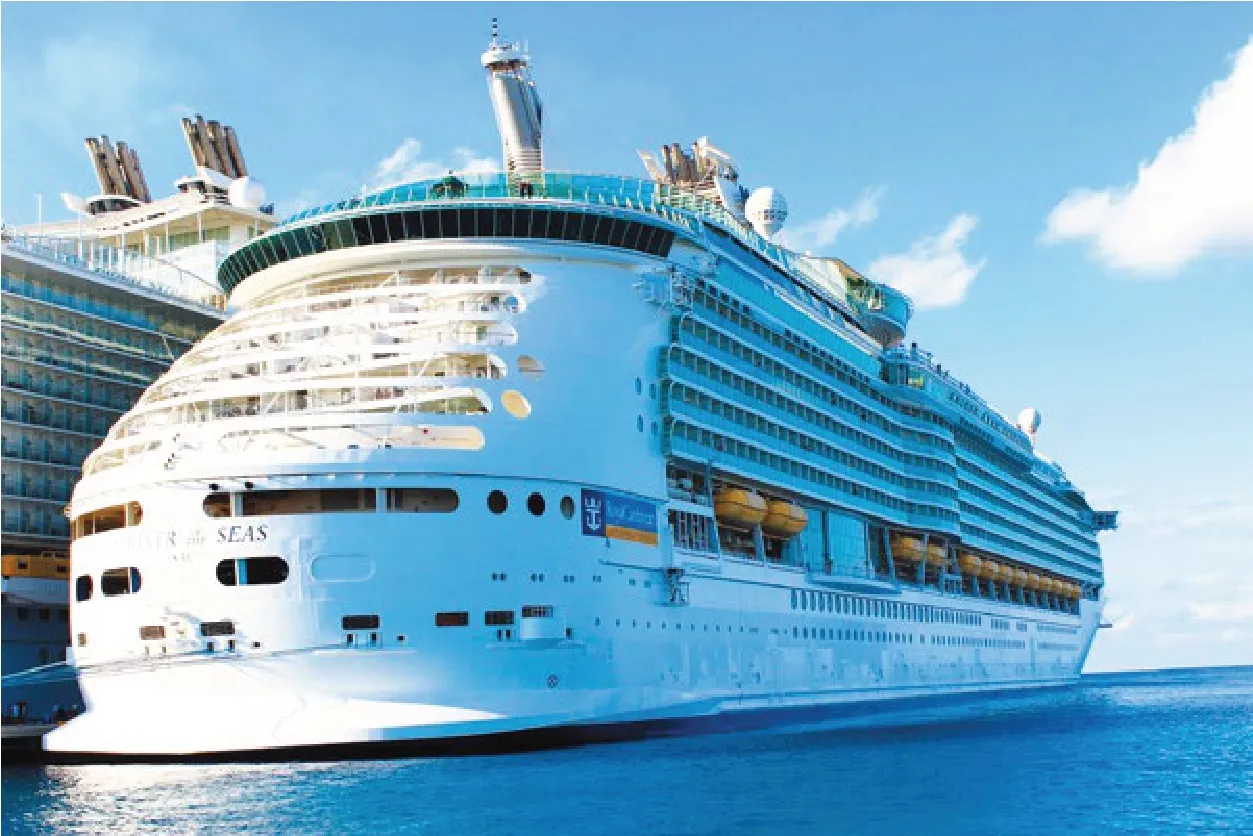
When will the cruise line resume?
Affected by the epidemic, China's cruise market has not been fully opened, and international sea routes have been completely suspended. Cruise companies have a large funding gap, jobs have been lost, cruise safety resumption is highly expected.
At this cruise conference, five domestic and international cruise companies issued a joint initiative. They said that the success of China's cruise industry over the past decade and its position in the global cruise market are hard-won and precious. Cruise ship is the “mother ship of peace”, the carrier of “Belt and Road” Initiative (BRI), and the symbol and name card of an international port metropolis. It can play a more positive role in realizing people's yearning for a better life and promoting cultural exchanges between China and foreign countries.
The five cruise companies call for combining mature foreign technologies and regulations with China's successful epidemic prevention experience to establish an early cruise epidemic prevention system meeting China's national conditions; competent authorities and the industry should pool the wisdom and efforts of everyone to develop a compliant, operational roadmap for safe resumption of service in favor of long-term development of the industry. In view of the fact that it takes time to open routes with neighboring countries, the first step is to consider regional pilot for Chinese and foreign cruise companies with safe resumption conditions, with domestic residents as customers, enter and exit from the domestic home port for vacation.
Preliminary work has already begun. Yang Huaxiong, deputy director of the Water Transport Bureau, the Ministry of Transport, said the Ministry of Transport has organized research around service resumption conditions for international route cruises, path and measures, and in line with the pandemic containing characteristics of the international cruise transport, organized research and drafting the Guidelines for COVID-19 Epidemic Prevention and Control of International Cruise Ships, actively built up policy reserves, and will timely promote related work in collalboration with relevant departments in the light of the epidemic containing situation and entry-exit tourism service restoration status.
Will Chinese cruises play the lead role?
“The outbound tourism is difficult to recover in the short term after the epidemic, and Chinese cruise brands have new opportunities and windows for development.” A principal of the Star Travel Ocean International Cruise Co., Ltd. believes that the difficulties brought by the epidemic are only temporary, and the development of China's cruise industry can be expected after the epidemic. According to the 2020-2021 China Cruise Development Report released during the conference, the rapid expansion of the Chinese cruise fleet is a hot spot in China's cruise industry. In fact, there are seven Chinese cruise companies and eight cruise ships.
In terms of cruise operations, CSSC Cruise has the largest Chinese cruise fleet, including two cruise ships with 86,000 gross tonnages in operation and two with 135,500 gross tonnages under construction, and has established the first team covering full cruise operation capacity. According to the established strategic goals, CSSC Cruise will take capacity building as the main line and unswervingly promote the development of the domestic cruise industry ecosystem.

In April 2021, China Merchants Viking Cruise Line Co., Ltd. invested in purchasing a cruise ship, and renamed it “China Merchants Eaton”. As China's first five-star flag luxury cruise ship, the ship has completed its operation within six months with unprecedented reference and blank domestic applicable regulations and under the repeated superimposed influence of the epidemic and achieved a number of innovative breakthroughs.
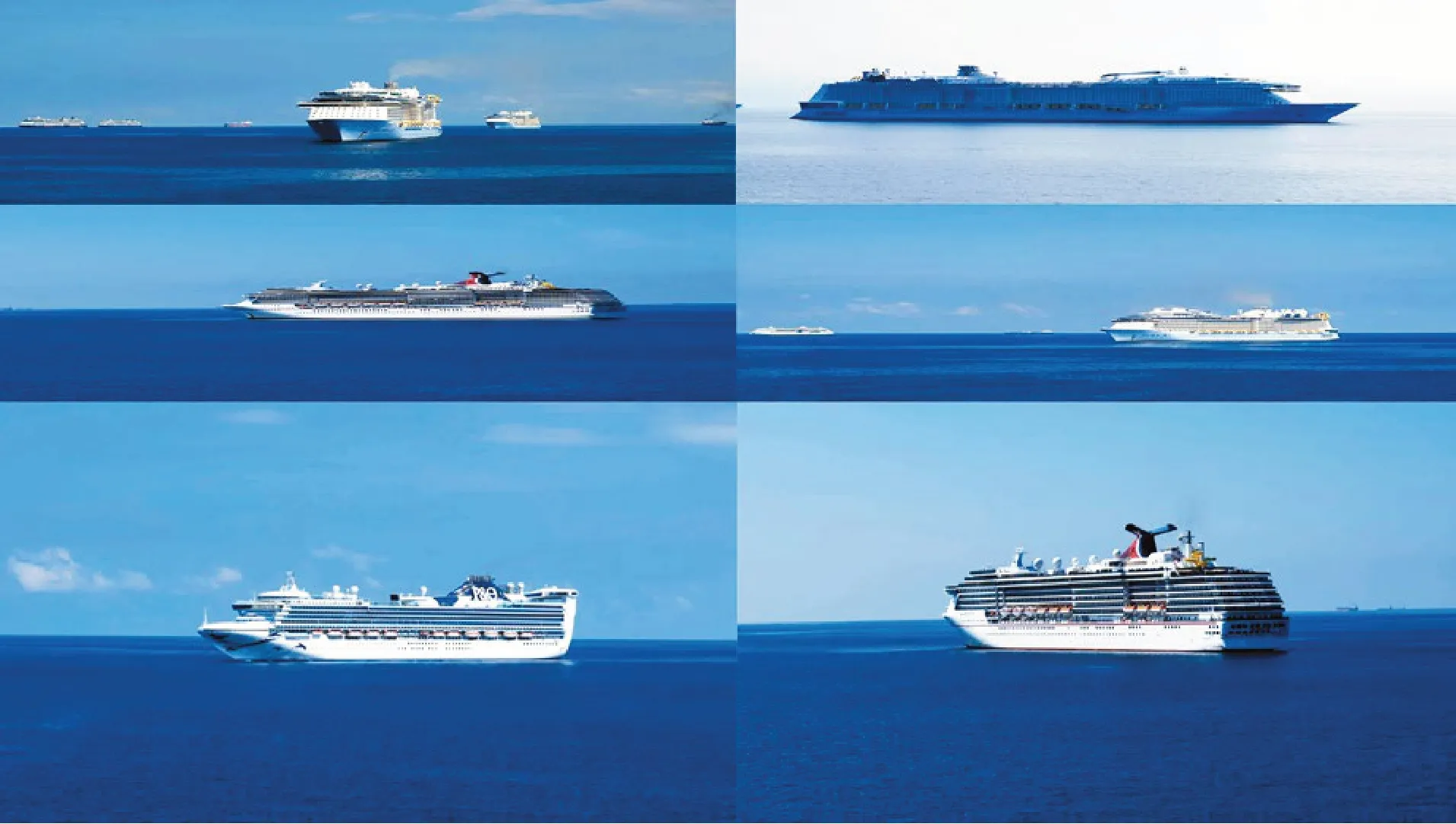
On the cruise conference, Guangzhou Nansha International C r u i s e H o m e-P o r t O p e r a t i o n Management Co Ltd and Star Travel Ocean International Cruise signed “Port-Shipping linkage” Strategic Cooperation Agreement, the two sides will strengthen cooperation in cruise berthing, future cruise route development, home port operation and other areas, jointly build Nansha cruise theme internet celebrity new landmark, and provided Nansha solution to Guangzhou cruise industry restarting recovery. The existing cruise routes in Nansha District of Guangzhou cover 12 destinations such as China’s Hong Kong, Japan, Vietnam and the Philippines, and it is one of the cruise ports with the most cruise routes in Southeast Asia. Guangzhou Nansha International Cruise Home Port, built and opened in 2019, has a 100,000 GT cruise berth and a 225,000 GT cruise berth. With a terminal building of 60,000 square meters and an annual customs clearance capacity of 750,000 passengers, it is the largest and most fully functional cruise complex in Asia.
In fact, Chinese cruise ships have made positive contributions to the fight against the epidemic. The “Blue Dream Star” docked at the Waigaoqiao Wharf of Shanghai Port from April 26 to May 26, as one of the temporary concentrated residential sites for the bubble management of the resumed production personnel of SIPG. During the one-month guarantee project, the “Blue Dream Star” completed the mission excellently, with 57 crew members facilitating embarkation and disembarkation for nearly 10,000 passengers, and with zero infection and no complaints during the wohle journey.
Design and manufacturing the key to development
Cruise design and manufacturing capacity is the key to support the development of China's cruise industry. On August 18, the Ministry of Industry and Information Technology and other four ministries and commissions jointly issued the “Implementation Opinions on Cruise and Yacht Equipment and Industrial Development” (referred to as the “Implementation Opinions”).
Central enterprise groups have promoted and led the development of cruise manufacturing in China. On August 8, China's second large-scale cruise ship laid down at Waigaoqiao Shipbuilding, a subsidiary of China State Shipbuilding Corporation. This marks that China's shipbuilding industry has initially mastered the core technologies of the design and construction of large cruise ships. While opening a new era of double cruises, it has taken a milestone step towards the mass and serialized construction of large cruise ships.
Zhou Qi, deputy general manager of Waigaoqiao Shipbuilding, said that the practice of digital transformation of enterprises underlies design and construction of the cruise ship systems engineering. Through the design and construction of two large cruise ships during the 14th Five-Year Plan period, Waigaoqiao Shipbuilding's complex engineering project management platform with design data as the core will fully take shape to achieve digital delivery.
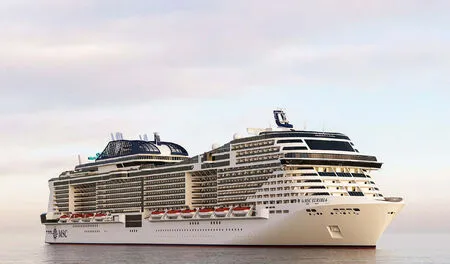
The localization of the cruise manufacturing supply chain is of great significance to improve the design and construction capacity. Zhou Qi believes that many systems, equipment and materials of China's cruise manufacturing have the basis of domestic localization. It is necessary to vigorously explore the construction of domestic supply chain, break through a number of core technologies, and promote the landing of related patented technologies in China.
As the forerunner in the field of ro-ro passenger ship construction, CSSC Guangzhou Shipyard International (GSI) has set a new benchmark for the construction of domestic luxury ro-ro passenger ship construction. On July 17th, the world's largest ro-ro passenger ship built by GSI successfully completed the sea trial and returned. All the test items were up to standard at one time, creating the shortest sea trial cycle record for GSI building and exporting a luxury ro-ro passenger ship. China Merchants Industry Haimen Base of China Merchants Group took the lead in delivering polar adventure cruise ships in China, forming a “pan-cruise” ship series, and creating the whole process service capability of cruise manufacturing.
How to design the high-quality development path?
According to the research report on The Economic Contribution of Cruises to China, via the highquality development path, that is, the expansion of market size and the optimization of cruise economic structure, will simultaneously drive the growth of cruise economy, the overall economic contribution of cruise ships to China will reach 531.7 billion yuan by 2035, 17 times that of 2019.
A good business environment and high-quality market supply are the two major success factors of China's cruise market in the first 14 years. According to statistics, from 2006 to 2019, international cruise ships deployed 23 luxury ships in China and customized 12 world-class flagship cruises for the Chinese market. The newbuilding costs totaled 79 billion yuan, and the annual market development investment reached 3.6 billion yuan. Industry insiders believe that the industry should continue to make good use of the “two markets” and the “two resources”, give full play to the indispensable role of international cruise elements, promote China's cruise industry to meet the international standards in capital investment, technology, supply chain, management, system integration and other aspects, and enhance its international competitiveness.
Being in the most difficult moment is often also the most promising moment. Miao Jianmin, chairman of China Merchants Group, said that cruise people should eenhance their confidence and shoot the rapids. People's pursuit of a better life will not change, people's yearning for marine tourism will not change, and nor will change the long-term positive trend of the cruise market.
Yang Huaxiong said, cruise transport is an important part of water transport, is also an important content to speed up the building of a transport power and meet people yearning for a better life. China has initially formed a relatively perfect coastal cruise port layout, built cruise terminal capacity with ample functions and complete facilities, and built the cruise service system and standards and regulations system. As the world's second largest cruise market, China's cruise economy enjoys huge development potential and bright prospects.
